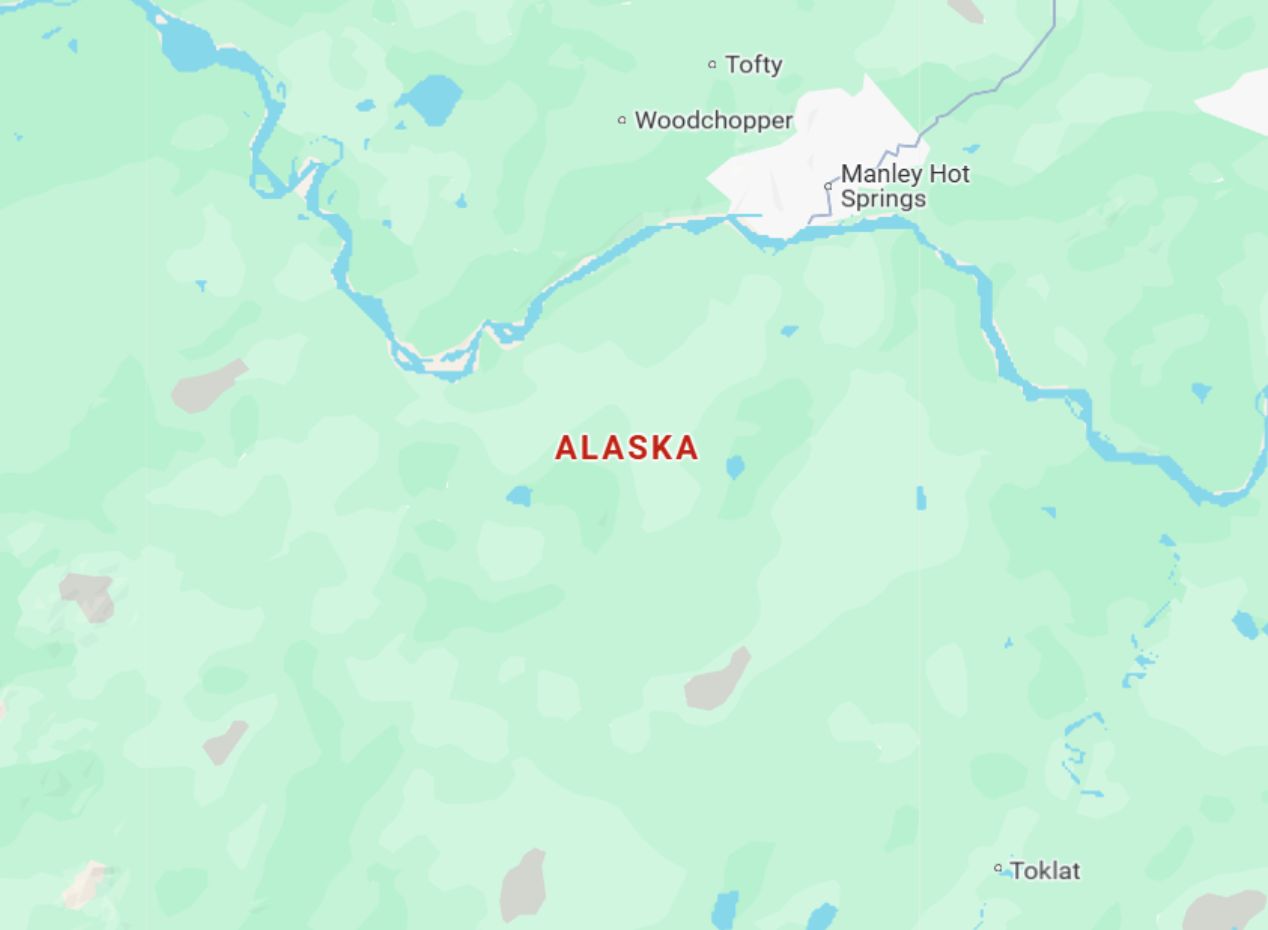Website ADA Compliance in Alaska
ADA compliance for websites in Alaska goes beyond legal obligation. It reflects a deeper commitment to digital inclusion for all. Make accessibility part of your mission and lead with a purpose that truly resonates.

Alaska ADA Requirements
Alaska is taking steps to meet ADA standards by implementing its own web accessibility initiatives, making it easier for people with disabilities to use digital assets.
If you are in Alaska and need to find website accessibility services near you, local experts can help you navigate the state's requirements and make sure your site is accessible to everyone.
Americans With Disabilities Act and WCAG
When the Americans with Disabilities Act (ADA) was enacted in 1990, it was a breakthrough moment. Its primary objective was to eliminate barriers and prevent the exclusion of individuals with disabilities from full participation in all aspects of everyday life - whether that is getting a job, going to school, using public transport, or accessing government services. It was about fairness, plain and simple.
Of course, nobody would have imagined how central the internet would become back then. As online life expanded, the U.S. Department of Justice (DOJ) stepped in to make something clear: the protections in the ADA do not stop at physical spaces. They apply online, too. Websites, apps, and digital tools, if they are public-facing, must be accessible.
Titles II and III of the ADA now apply to digital content, covering everything from government sites to business platforms. Courts across the country have repeatedly backed this interpretation.
To help meet these obligations, the DOJ points to the Web Content Accessibility Guidelines (WCAG). These are not just technical checklists but practical suggestions to fix real usability problems. That means improving text contrast, writing helpful link labels, organizing content with proper headings, and making sure people can navigate without a mouse.
Alaska ADA Compliance Program
Alaska currently does not have state-specific web accessibility laws. Instead, the state relies on federal standards, most notably the ADA, to guide its efforts in making public services accessible.
However, Alaska’s ADA Compliance Program puts these federal mandates into practice at the state level. Run by the State ADA Coordinator’s Office (SADACO) under the Department of Administration (DOA), the program ensures that state government facilities, programs, and services are open and accessible to people with disabilities.
Launched through Administrative Orders 129 and 262, the program raises awareness, supports ADA efforts across the state, and helps head off complaints and legal disputes before they arise.
While SADACO leads the charge on compliance for the executive branch, each agency, along with its own Department ADA Coordinators, plays a hands-on role. The office also offers practical guidance and tools to help state services become more accessible.
Although the program is geared toward state agencies, businesses can also tap into its resources to strengthen their own accessibility efforts. You can use SADACO’s training materials to simplify the process of meeting legal obligations, reduce the risk of costly lawsuits, and improve access for customers with disabilities.
Consequences of Noncompliance
In Alaska, ignoring ADA compliance does not just carry a price; it can come with serious consequences. Initial violations may cost up to $75,000, with repeat offences climbing to $150,000. But the damage often goes beyond monetary loss.
Businesses risk lawsuits, mounting legal bills, and settlements that can drain resources. Even websites with no storefront required can trigger legal trouble if they are inaccessible.
On top of that, companies may lose out on government contracts and public funding. Most of all, falling short sends the wrong message, suggesting a lack of commitment to fairness, equal access, and the values that build lasting trust.
How To Make Sure Your Website Complies With Alaska Accessibility Standards
Meeting website accessibility requirements takes thoughtful planning, dedicated resources, and time. You can make the process more manageable by approaching it step by step, starting with the following actions:
- Request an Accessibility Audit: Have experts assess your site for ADA issues like poor contrast or missing alt text, and include user testing by people with disabilities for real-world accuracy.
- Stay Updated on Standards: Follow WCAG revisions (2.2, 3.0), consult accessibility experts, and use trusted sources to keep your website compliant and ready for future changes.
With Be Accessible, organizations can take a proactive approach to addressing accessibility challenges in Alaska, thereby reducing potential legal liabilities arising from non-compliance. Our full suite of services, including comprehensive website audits, automated PDF remediations, accessibility repairs, and custom-made training, can help you create a more equitable online experience.
Be Accessible Increases Digital Accessibility Every Day
We serve a wide range of industries from restaurants to tech companies to financial institutions and everything in between.
Contact Us
You're one step closer to ADA compliance.
Fields marked with * are required.